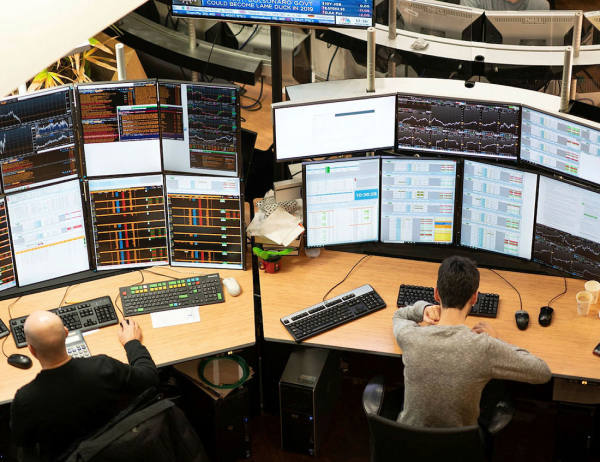Within business and economics commentary, the tale of Goldilocks (or, less succinctly, the optimal home comforts of its protagonist) is a well-worn metaphor. From capital investment to inflation, consumer sentiment and the economy itself, the shorthand is clear. Not too hot, not too cold; just right.
The imagery is powerful because ‘just right’ evinces not only favourable conditions, but predictability and, implicitly, control. It evokes a system working sustainably, without an analysis of how sustainable conditions really are. Depending on whether you’re a politician, central banker, or an investor, that either makes it a useful rhetorical device or a red flag.
But can the same description be applied to a stock? As the headline suggests, I’m going to give it a go, even if the dubious associations are hard to shake.
By ‘stock’ I don’t mean a company, exactly, even though a company’s operational strengths are a big part of it. Rather, I mean the way a company’s stock is perceived. Not so hot as to generate feverish speculation and painful over-corrections, but not too cold to ignore. The ‘just right’ bit is a middle ground that dependably hits the mark between under-promising and over-delivering.
For clarity, I also mean market-beating (if curiously unheralded) gains. The kind of share that you could buy into at almost any point in the last few years, at a reasonable valuation, and reliably expect to make an above-market return.
It may have been porridge and not a pork-laden fry-up which led Goldilocks to linger at the three bears’ breakfast table. But within the UK stock market, meat producer Cranswick (CWK) might fit the bill.
Insufficiently high-growth or vogueish to make waves with investors, yet able to almost always beat analysts’ earnings expectations, the Yorkshire-headquartered business has carved out its own sweet spot. The company’s excellent defensive credentials are also demonstrated by its repeated inclusion in our O’Shaughnessy Growth screen, as one of only a few UK firms to have passed a test requiring earnings growth in each of the last five years.
Rarely has the stock slipped. Since 2009, if you’d bought and held for three years, the shares would have climbed nine times out of 10. Assuming you’d reinvested dividends, your chances of being in the red after the same holding period would be just 6 per cent. On average, you would have banked 63 per cent on a total return basis, and 52 per cent in simple price terms.
Despite its strong track record and fanbase among UK-focused fund managers, the shares trade in line with their five-year average multiples. We can only guess why. Perhaps livestock farming is one of the few sectors where private equity or natural acquirers won’t (or can’t) go. Maybe investors perennially miscategorise Cranswick’s products as too commoditised or squeezed. A high (and continuous) rate of capital spending may also deter some buyers, even if that spending reliably leads to years of solid, compounding returns.
Or perhaps Cranswick is a just example of the kind of stock we’ve started to identify in our quarterly Double Up screen: one whose strong earnings momentum is masked by a price that is at or near a very close to a recent high.
This week, the shares are at another all-time high, up 5 per cent since last week’s strong first-quarter trading update. Has that mini rally priced in the multi-year broker upgrades that have followed? History would suggest not.





.png?source=invchron&width=600)
